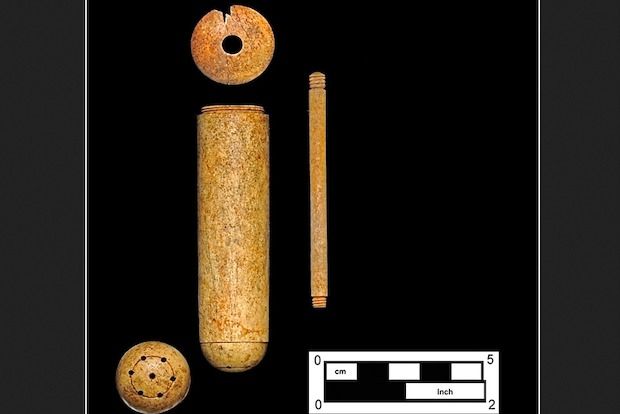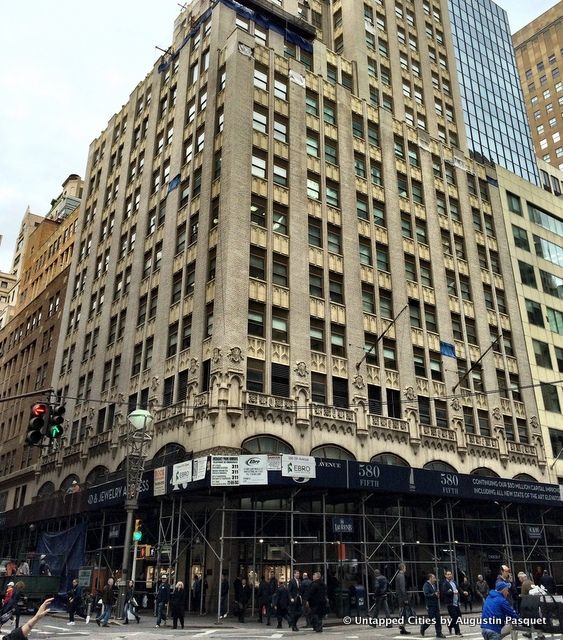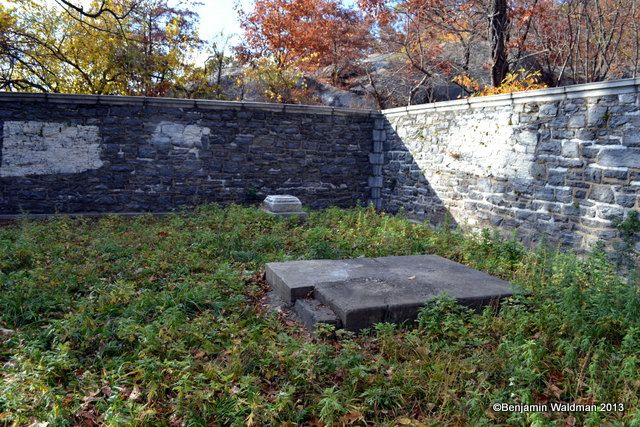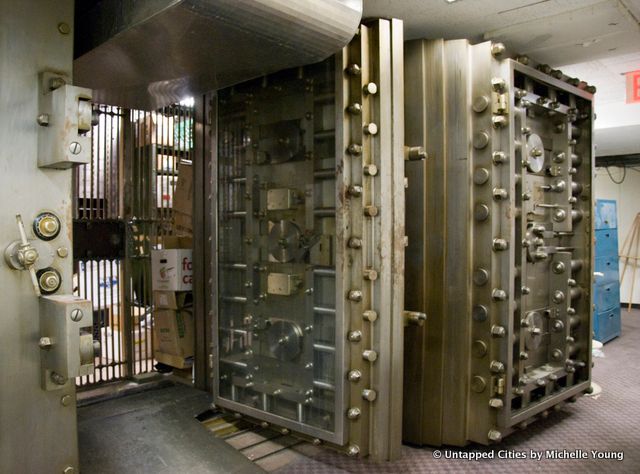Last-Minute NYC Holiday Gift Guide 🎁
We’ve created a holiday gift guide with presents for the intrepid New Yorker that should arrive just in time—


The underground of any city is fascinating. It reveals layers of history, things thought discarded or tucked away. It contains the underbelly of the city’s infrastructure. While the catacombs of New York City, Paris and other cities may be the most Halloween-esque for today’s holiday, we thought it would be fun to round up some of the city’s most interesting vaults. Instead of bodies and bones, these are subterranean spaces deliberately set aside for storing important and precious items. What is most interesting is the range in types of vaults here in New York City (no, money doesn’t make everything go around here, even though it might seem like it).
Did you know that the Federal Reserve Bank of New York has a gold vault containing the world’s largest known depository of gold? As of 2012, this cache of 530,000 gold bars collectively weighs 6,700 tons, which is so heavy that the vault had to be built deep underground on top of bedrock 80 feet below ground. Otherwise, the floor would break.
Unfortunately, none of the gold is owned by the New York Fed, the Federal Reserve System, New York itself, or residents of New York. The Fed simply guards the gold on behalf of the U.S. government, foreign governments, other central banks, and official international organizations. There are 122 such account holders, each of which has its own gold contained in a “compartment,” which is a fancy way of saying “fenced-in area.” Furthermore, although transfers carry a fee (as do all transactions), they really only involve hauling the gold from one “compartment” to another, reports an Untapped Cities writer who toured the vault. Read more about the gold vault here.

Female douche from the NYC Archaeological Repository. Image by Chrysalis Archaeological Consultants
Earlier this year, a new vault opened–the New York City Archaeological Repository, full of objects uncovered through archeological excavations in New York City. Previously, the items were stored separately across 13 different locations, including several universities. While it might be expected to find lots of pottery shards, bottles, and like items showing the evolution of civilization here in New York City, some more surprising finds include a bayonet and a 200-year-old female douche. See photos and more fun items here.

According to an application from Brink’s, Inc. and Brink’s Global Services USA, Inc., below 580 5th Avenue there is a vault “capable of housing one million ounces of gold, platinum, and palladium, and an additional two million ounces of silver.” The description continues: “There are 5,000 square feet of space available [of which the vault is 752 square feet] enclosed by four steel reinforced cinder block walls with a concrete ceiling and concrete floor on top of bedrock. The no floor vault solution is surface mounted to the existing basement slab which is described as bedrock.” 580 5th Avenue is right next to the diamond-shaped lamp posts that mark the beginning of the Diamond District.

The British were indeed coming in the year 1776. The vaults pictured here were used in 1776 by Augustus Van Cortlandt, then the City Clerk, to hide important “records of the City of New York…when the City was evacuated by the Americans in 1776, and preserved until peace was restored.” The vaults were the ancient burial place of the Van Cortlandt family. At the top of Vault Hill in Van Cortlandt Park you can find the historic vaults, fortified behind walls and an ornate front gate.
One of the most fascinating aspects revealed in the upcoming documentary OBIT: Life on the Dead Beat of The New York Times is the “morgue” of The New York Times, a filing facility of past and advance obituaries, the latter which are kept under lock and key. Located in dusty basement of the Herald Tribune building, it also serves as a resource for the entire paper. Every item is alphabetized, with photographs of the notable, some which haven’t been seen in the public for 80 to 90 years. As Gould tells Untapped,
The morgue [is] really fit for an entire documentary itself. An enormous analog 100-year archive–wholly unique–fighting for itself own existence in a digital world deep in the basement of high-rent Manhattan real estate, is a worthy plot. It’s tended in the best of hands by highly capable archivist Jeff Roth, who does the work of–what formerly–dozens of people did. There are things in the The New York Times morgue that most likely, at this point, do not exist anywhere else in the world. Naturally, the New York Times obit staff rely on the morgue and Jeff Roth as part of their research in writing journalism’s best obituaries.
Read more about the documentary here.

F.W. Woolworth would probably be saddened to see the state of the bank vault today in the glorious Woolworth Building. Irving National Bank was the Woolworth Building’s main anchor tenant until relocating to their new headquarters at 1 Wall Street in 1931 (they also changed their name to Irving Trust Company at that time). Today, an air conditioning duct runs through the door so the original double vaulted doors can’t actually close and the inside of the vault is used by the building’s maintenance staff. It’s neat to see the tools all hanging from the safety deposit boxes. See what it looks like inside the vaults today and find out the top 10 secrets of The Woolworth Building.
Also if you personally have a vault, you might be subject to this little known tax. New York City residents and businesses owed $9 million in vault taxes in 1989.
Get in touch with the author @untappedmich. This article also co-written by Wesley Yiin and Phillipe Chatelain,
Subscribe to our newsletter